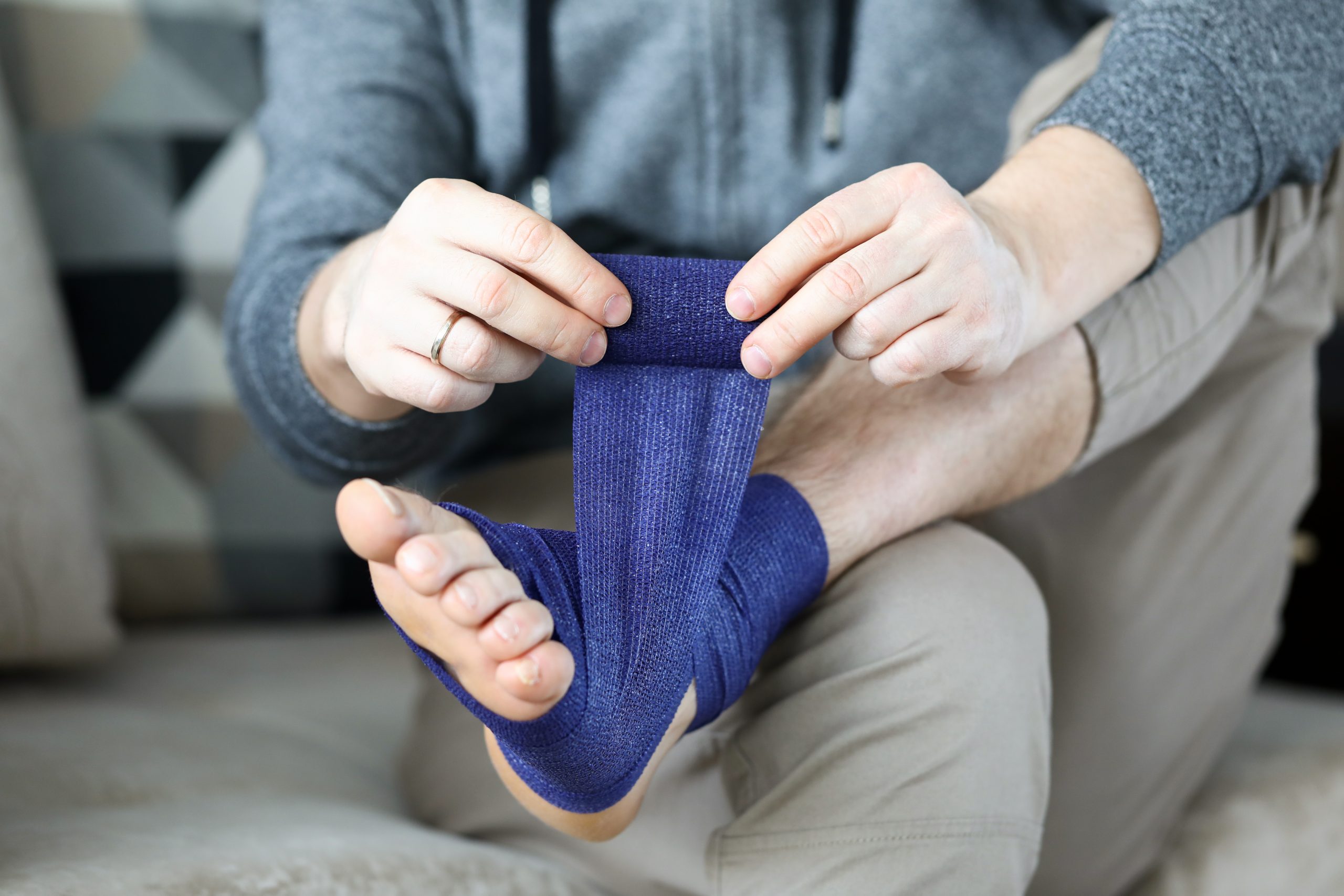Ankles are remarkable joints that provide support, balance, and mobility. However, ankle instability can become a concern for some people, affecting their quality of life and daily activities.
Whether you’re a seasoned athlete or someone who has experienced multiple ankle sprains, understanding the causes and treatment options for ankle instability is a must for effectively managing this condition.
Ankle injury and inflammation
One of the primary causes of ankle instability is a previous ankle injury, especially if it wasn’t adequately treated or rehabilitated. When an ankle is injured, such as in a sprain, the ligaments can stretch or tear, causing instability.
Furthermore, inflammation that occurs from the injury can weaken the surrounding tissues, making the ankle more susceptible to further damage.
A history of ankle sprains
People who have experienced multiple ankle sprains are at a higher risk of developing ankle instability. Each sprain weakens the ligaments and destabilises the joint, making it more vulnerable to future injuries.
Without proper rehabilitation and strengthening exercises, this cycle of injury and instability can persist.
Repetitive stress and overuse
Performing activities that place repetitive stress on the ankles, such as running, jumping, or pivoting sports, can gradually wear down the ligaments and surrounding structures.
Over time, this can lead to chronic instability as the weakened ligaments struggle to provide adequate support during movement.
Muscle weakness
Muscle weakness around the ankle joint, particularly the muscles in the lower leg, can cause instability. These muscles are crucial in stabilising the ankle and absorbing shock during movement. When they are weak or imbalanced, the risk of ankle instability increases.
Improper footwear
Wearing shoes that don’t provide sufficient support or stability can exacerbate ankle instability. Shoes with worn-out soles, inadequate cushioning, or poor ankle support fail to properly support the foot and ankle during activities, increasing the risk of injury and instability.
Ankle instability treatment options
Medications
For individuals experiencing pain and inflammation associated with ankle instability, nonsteroidal anti-inflammatory drugs (NSAIDs) such as ibuprofen or naproxen may provide relief. These medications help reduce pain and swelling, improving mobility and comfort.
Physiotherapy
Physiotherapy is crucial in treating ankle instability. It focuses on rebuilding strength in the muscles surrounding the ankle, improving flexibility, and enhancing balance and proprioception, which is your body’s ability to sense movement. Through targeted exercises and techniques, physiotherapists can help individuals regain stability and reduce the risk of future injuries.
Bracing
Ankle braces or supports can provide external stability to the ankle joint, particularly during activities that may increase the risk of injury. These braces help limit excessive movement, and support weakened ligaments, reducing the likelihood of ankle instability and sprains.
Surgery
In severe cases of ankle instability, where conservative treatments have been ineffective, surgical intervention may be necessary. Surgical treatments depend on the underlying cause of instability.
One common surgical approach for ankle instability is ligament repair. During this procedure, the surgeon may repair torn or stretched ligaments using sutures or other fixation devices to reattach them to the bone. This helps restore the normal anatomy of the ankle joint and improve its stability.
In cases where ligament damage is more extensive or irreparable, ligament reconstruction may be recommended. This involves using tissue grafts from either the patient’s own body or a donor to reconstruct the damaged ligaments. The grafts are placed in the ankle joint and secured to the bone to provide support and stability.
Ankle instability exercises
Strengthening exercises
Exercises targeting the lower leg muscles, particularly the calf muscles and muscles around the ankle, can improve stability and lower the risk of ankle instability. Examples include calf raises, ankle dorsiflexion and plantarflexion, and resistance band exercises.
Balance and proprioception exercises
Balance and proprioception exercises improve the body’s awareness of joint position and movement, which is crucial for maintaining stability. These exercises may be standing on one leg, using balance boards or stability discs, and incorporating dynamic movements to challenge stability.
Ankle instability treatment in Singapore
Ankle instability impacts your mobility, activity levels, and overall quality of life. However, you can take proactive steps to manage this condition effectively and promote long-term joint health and function.
For individuals in Singapore seeking treatment for ankle instability, Cove Orthopaedic Clinic offers comprehensive services to address this condition. Our orthopaedic specialists, physiotherapists, and sports medicine professionals can develop personalised treatment plans tailored to your needs.
To learn more about ankle instability and treatments, schedule a consultation with us.





